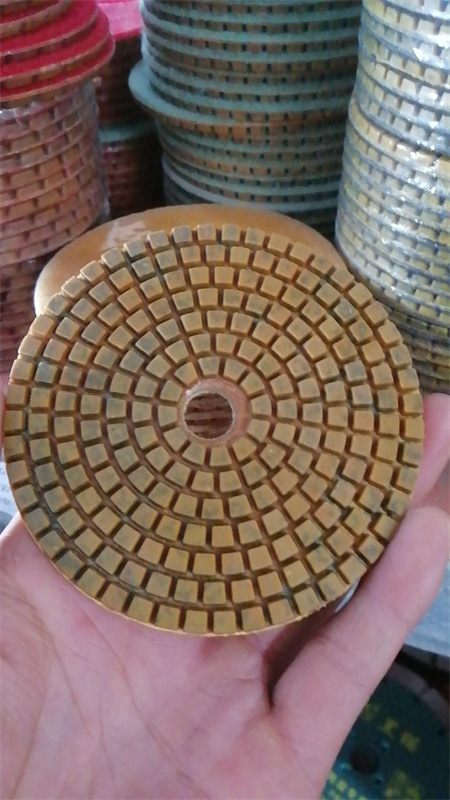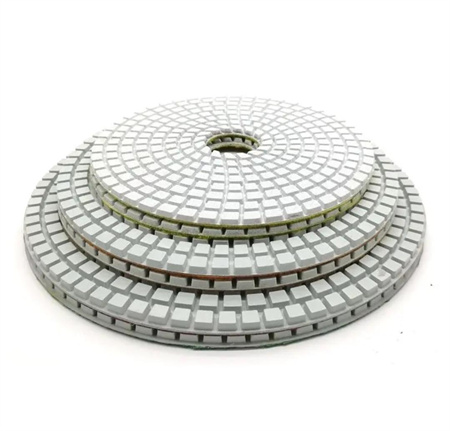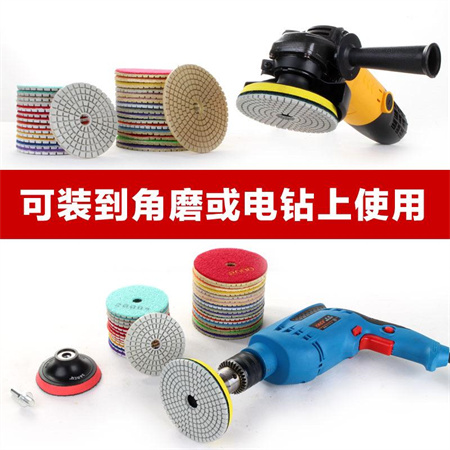Diamond Polishing Pads Life Cycle Cost for Importers
For importers, understanding the life cycle cost of diamond polishing pads is a crucial element in making informed purchasing decisions. These pads are essential in industries like stone, concrete, and glass polishing, where durability and performance are key. The cost of these tools doesn’t just end at the initial purchase; the true cost comes from how long they last and how effectively they can be used throughout their life.

Diamond polishing pads are made to endure heavy use, and their life cycle cost is influenced by a combination of factors, from the quality of the pad itself to how it’s maintained. Importers must consider not just the upfront cost, but also the cost associated with maintenance, wear, and replacement. Choosing high-quality pads may come with a higher initial price tag, but their extended lifespan often proves to be more cost-effective in the long run. This is where the hidden savings appear—less frequent replacements, fewer repairs, and greater efficiency in the work being done.
Another aspect that impacts life cycle costs is how efficiently the pads are used. Proper training for operators can significantly extend the lifespan of diamond polishing pads. Using the wrong technique or applying too much pressure can cause unnecessary wear, cutting the pad’s lifespan short. Importers should prioritize offering or recommending proper training alongside equipment sales to reduce the frequency of replacement and ensure optimal pad usage.
Environmental factors also play a role in the cost equation. Humidity, temperature, and the type of material being polished can all influence how quickly pads wear out. For example, harder materials like granite demand more aggressive polishing, which leads to faster wear. Importers must consider the working environment and match the pads’ specifications with the conditions where they will be used to ensure they achieve maximum efficiency.
When it comes to the financial side, the life cycle cost also includes transportation fees, storage, and handling. Importers should optimize their supply chains to minimize these additional costs. Bulk purchases or strategic sourcing can lead to better pricing, which can offset some of the operational costs over time.

Ultimately, diamond polishing pads offer long-term value when managed correctly. Importers who consider the full life cycle cost, including quality, training, and proper handling, will not only improve their margins but also increase customer satisfaction by providing products that deliver great performance over time. By balancing upfront costs with longevity, the right choices can result in a more profitable and efficient operation.
